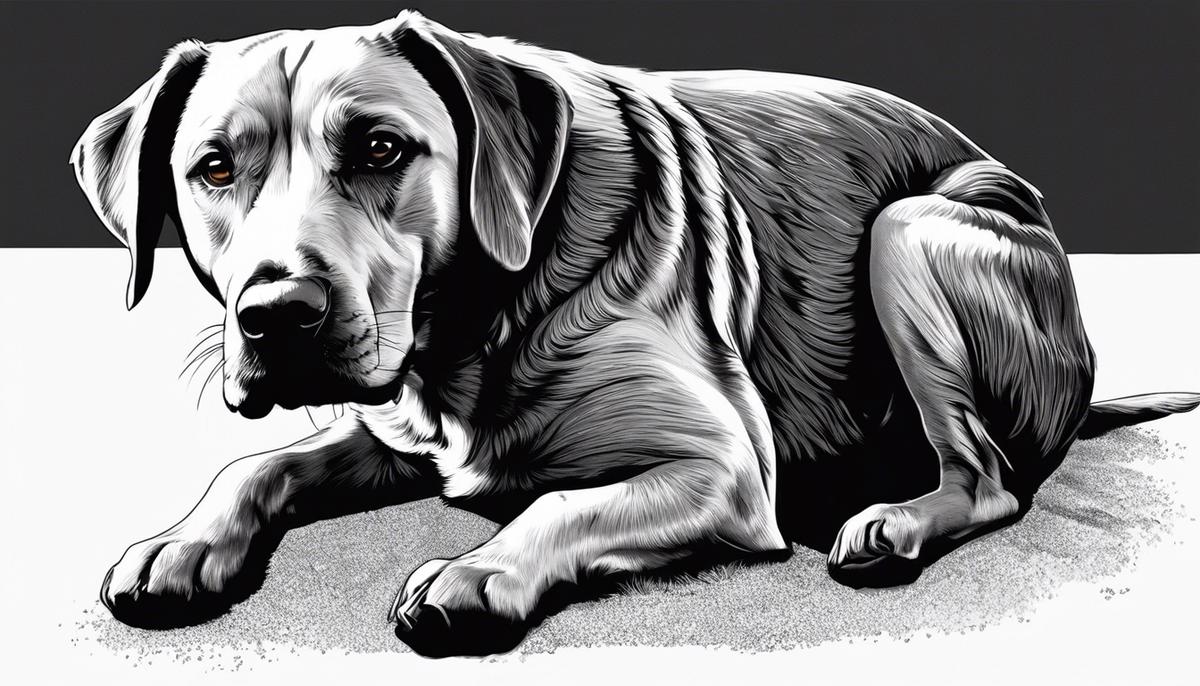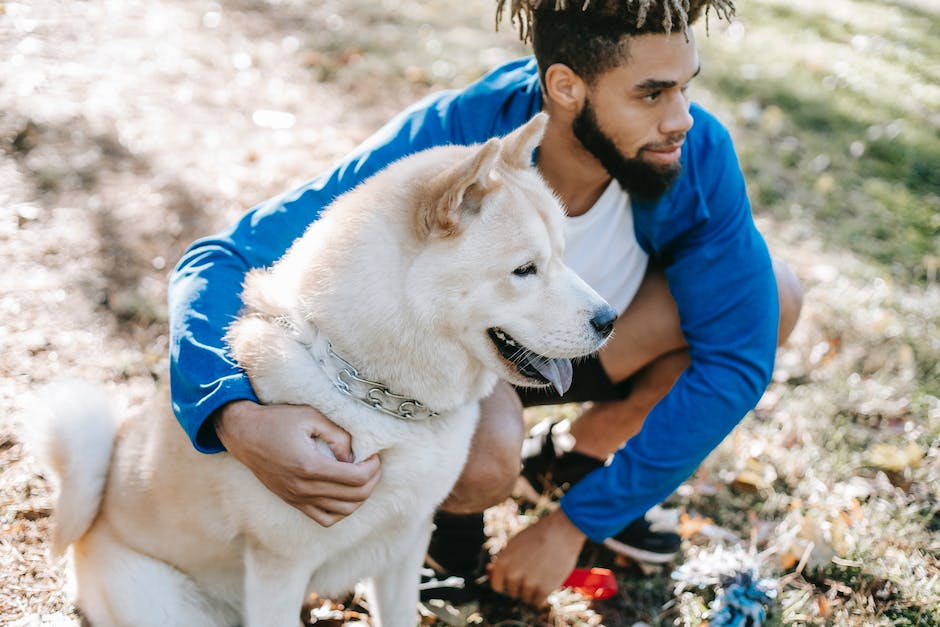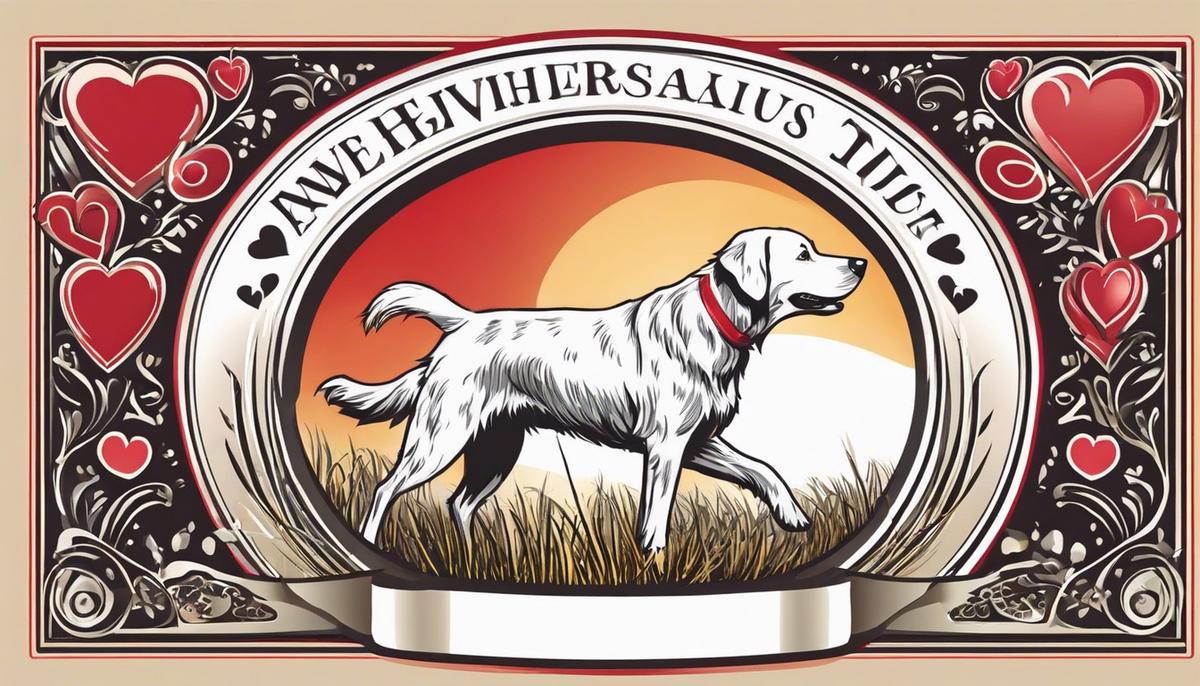Understanding Your Dog’s Squatting Behavior

Welcome to a dive into a common, yet sometimes mystifying aspect of dog behavior – squatting without the end result of peeing. This article aims to establish a foundational understanding of this particular dog behavior pattern, analyzing it from various perspectives, such as regular canine behavior, health-related issues, potential behavioral problems, and the role of training in rectifying the strange squatting habits. Our objective is to understand our furry friends better to provide them with comfortable and stress-free environments while sorting out any potential health or behavioral concerns. Your role as a responsible pet parent includes recognizing these nuances in your pet’s conduct and knowing when to seek professional help.
Understanding Dog’s Behavior
Recognizing Normal Canine Habits: The Squatting Behavior Explained
Parents raising children have the amazing opportunity to also introduce pets into the family atmosphere. Having a beloved pet dog offers excellent teachable moments: the meaning of responsibility, empathy, and unconditional love. It is always essential, though, to understand what behavior is considered normal for our four-legged friends. One such behavior often noticed, and questioned, by children and adults alike, is a dog’s squatting behavior.
When it comes to dog behavior, the term ‘normal’ is far from clear-cut. For every dog, normal behavior can vary depending on age, breed, and individual personality. However, there are a few universal signs of a healthy, well-adjusted dog. These include maintaining a regular appetite and weight, sleeping well during the night, staying alert and responsive to commands, and exhibiting consistent energy levels.
Signs of normal play behaviors like jumping, barking, and rolling over are to be expected, along with certain instinctual behaviors often linked to hunting or mating. This is where ‘squatting’, a behavior pets may present in more times than you’d imagine, fittingly comes into the picture.
The Reasons
Squatting in dogs may be exhibited for a variety of reasons. Typically, squatting is seen when a dog needs to eliminate waste, marking it as quite a normal habit. This position allows a dog to balance better while releasing waste, working harmoniously with their physical structure.
In many instances, squatting isn’t limited to going potty. Sometimes, your four-legged buddy might squat when they’re playing. This playful pose is their inviting signal to engage in a fun game of chase – a universal language among puppies and dogs. Therefore, it’s completely normal to notice your dog squatting during playtime.
Unbeknownst to many, squatting can also be an indication of a dog claiming their territory. Dogs often do this by releasing small amounts of urine while squatting. If you spot your dog squatting randomly without eliminating their bladder, they could just be marking their territory, especially if a new pet has been introduced at home.
However, any abnormal frequency in squatting accompanied by signs of discomfort could point towards potential health issues, like urinary tract infections. It’s crucial to watch out for additional symptoms such as restlessness, whimpering or refusing to eat. In these circumstances, immediately consulting a vet would be wise.
Lasty, remember that knowing your dog and their routines well is the key to identifying any aberrations in behavior. Normal dog behavior is a wide spectrum, spanning across various physical, emotional and instinctual expressions. Squatting, while mostly an ordinary aspect of this spectrum, can sometimes also be indicative of underlying health concerns. In these cases, professional help should be sought.
Familiarizing oneself and educating the children about the significance of squatting in dogs can contribute to their overall understanding of pet behavior, helping to form a more compassionate bond between your children and their furry friends. Plus, it’s always a heartwarming sight to see children mirroring the same level of empathy and understanding at home, school and beyond!

Pet Health
The Connection Between a Dog’s Health and Squatting Without Peeing
In the wonderful journey of exploring dog behaviors, aren’t we sometimes confused by their peculiar actions? One of those really baffling instances could be when you observe your furry friend squatting but showing no sign of relieving themselves. Maybe you’re a seasoned pet parent or maybe you’re new to pet ownership, either way, it’s important to understand this peculiar behavior. Lets delve into what it might actually mean and how it possibly correlates to the overall health of our beloved canine companions.
Sometimes, even the most frequent actions can hold significant insights. Take the act of squatting, it isn’t just about elimination, but it can hint towards various health-related concerns. It might be easy to dismiss such behavior as just another doggy quirk, but if your fur baby is squatting without producing any waste, it might be time to pay close attention.
One of the top reasons for this behavior could be urinary tract infections (UTIs). Dogs, like humans, can develop these painful infections which result in a burning sensation during urination. These infections can make your dog seem like they need to eliminate when they don’t actually have anything to pass. Even small irritants like bladder stones can elicit a similar response, causing dogs to squat without urinating.
Another possibility could be a condition known as canine cognitive dysfunction (CCD), similar to Alzheimer’s in humans. Older dogs with CCD often display this kind of behavior. They might feel like they need to go but are not physically able to urinate. Although it’s a challenging condition to diagnose without a vet, watching out for other symptoms such as confusion, disorientation, altered sleep patterns, or changes in social interactions might solidify your suspicions.
In female dogs, squatting without peeing might be indicate a hormonal issue or even a condition known as a pseudo-pregnancy. The name itself gives a hint, it’s when a non-pregnant dog behaves like she’s expecting. She’ll display many signs of pregnancy such as nesting behaviors, restlessness, and frequent squatting without peeing. This condition can be quite confusing and often requires expert veterinary advice to handle.
Moreover, stress or anxiety can be contributory factors. Just like in humans, dogs can respond to psychological stimuli in physical ways. Changes in environment, introduction of a new family member, or presence of another animal can trigger stress-induced episodes of frequent squatting without actual urination.
For doggie parents, this odd behavior could be a silhouette of your pet sending you signals about their discomfort. Understanding these subtleties and responding promptly can make all the difference. So, whether you have been observing this change in your loyal companion for a while or it’s a new phenomenon, it’s best not to delay a visit to the vet. It might be a small issue, easily remedied, or it could be a sign of a more serious health concern that requires immediate attention.
Like any other parenting role, being a pet parent has its challenging moments where you need to be vigilant and responsive. Remember, the goal is a healthy and happy furry friend so even though the strange squatting without peeing might look trivial, it might be a cry for help. Let’s embrace these perplexing moments as an opportunity to deepen the profound bond of love and care we share with our pets.

Behavioral Issues
Squatting without actually peeing may seem like a strange behavior in dogs. Still, it can indicate an underlying issue that all dog parents need to be aware of. Yes, dogs would squat when they need to eliminate, but when they squat without passing any urine, it may be a sign of a potential health or behavioral problem that ought to be addressed quickly.
Let’s unravel the mystery behind this behavior. Frequent squatting without peeing can be an indication of a urinary tract infection. Imagine our furry buddies feeling the constant urge to urinate, but finding it painful or difficult. Sounds uncomfortable, right? That’s why it’s crucial for us pet parents to be vigilant and address the issue immediately. By doing so, we help ensure our beloved pup’s health and comfort.
Another potential cause of squatting without peeing in dogs could be Canine Cognitive Dysfunction (CCD). This condition is often seen in older dogs and can be likened to Alzheimer’s disease in humans. Dogs with CCD may forget the purpose of squatting or get caught in a repetitive loop of the behavior without actually peeing. On observing such actions, it’s essential to bring our dog to the vet for a quick check-up.
On to another common cause – hormonal issues. Especially in female dogs, hormonal imbalances could result in pseudo-pregnancy, where the dog exhibits signs of a pregnancy when they are not actually pregnant. This condition could cause frequent squatting without peeing. In such cases, it’s advisable to consult with a vet for appropriate treatment.
That said, it’s not always about physical health. Did you know that stress and anxiety can also cause unusual squatting behavior in dogs? Just as humans react to stress in different ways, so do dogs. Frequent squatting without peeing could be a sign that our doggo is feeling anxious. In such instances, we may need to identify potential triggers for their anxiety and work on creating a more relaxed, stress-free environment for them.
Remember, being a vigilant and responsive pet parent plays a critical role in recognizing these symptoms early. Dogs may not express distress in the same ways we do, but they communicate nonetheless. Observing unusual behaviors or changes could save a visit to the vet or even be a lifesaver for our fur babies.
So, it turns out squatting without peeing is more than just an odd quirk—it’s a behavior that invites us to tune in more closely and connect with our pets on a deeper level. As we respond to their needs and invest in their well-being, we enrich the bond we share with our furry pals. After all, understanding and love make a house a home – for us and for our four-legged family members!

Training and Habit Regulation
Ensuring Your Good Dog’s Well-being: Managing Unusual Squatting
Dogs, our endearing furry family members, are packed full of quirky habits and behaviors. One such quirk you may observe is your pup squatting without peeing. As we’ve previously noted, squatting does have its usual causes in a dog’s world, like marking territory or eliminating waste. However, when your pooch is frequently squatting without peeing, it might signal more than a playful or territorial demeanor. It could hint at various health or behavioral issues needing attention.
Foremost among these is a urinary tract infection (UTI). Just as in humans, UTIs in dogs stem from bacteria, often E.coli, infiltrating the urinary tract. Symptoms can include frequent attempts to urinate, discomfort during urination, licking the urinary opening, and yes, the puzzling squatting without peeing. If your dog exhibits any of these signs, it’s best to promptly consult with your vet, as UTIs can lead to more serious conditions if left untreated.
Increasingly common among older dogs is a condition known as Canine Cognitive Dysfunction (CCD). Analogous to Alzheimer’s in humans, CCD can lead to disorientation, altered sleep patterns, and changes in social behavior – including squatting unusually or without peeing. Again, while this may seem odd or out of character for your dog, it points to the value of staying tapped into our dog’s behaviors. If you observe these changes, it can be scary, but your vet can offer ways to manage CCD and maintain your pet’s quality of life.
In cases involving female dogs, hormonal imbalances can lead to a state of pseudo-pregnancy, potentially leading to their squatting without peeing. False pregnancy often occurs after the dog’s heat cycle and is characterized by behaviors such as nest-building, restlessness, enlarged mammary glands, and, you guessed it, frequent squatting without urinating. This condition will usually resolve on its own, but sometimes vet intervention might be required to rebalance her hormones.
Recognizing that our pets can also suffer from stress and anxiety is crucial because these emotions can also contribute to unusual squatting behaviors in dogs. Changes in the family dynamic, adjustments in the living environment, or the arrival of a new pet can all trigger doggy stress. Remember, as pet parents, it falls on us to ensure a safe, secure, and happy environment for our dogs to thrive.
Addressing any of these potential issues underlines the importance of being vigilant pet parents. Regular wellness check-ups with your vet and keen observations of your pet’s behaviors help navigate these concerns. Going beyond being mere observers, we become advocates for our fur babies’ well-being.
Ultimately, these unique and sometimes perplexing moments offer opportunities to strengthen the bond with our beloved pets. By recognizing and responding swiftly to their needs, we prove ourselves to be more than just pet owners – we show ourselves to be trusted companions in a journey that strengthens our whole family, paw by paw, leash by leash. So let’s lace up those shoes, grab a leash, and continue discovering the joy-filled journey of pet parenting! Who could ask for a better travel companion?

Understanding our pets requires patience, keen observation, and a willingness to learn. As we navigate the realm of pet health, peculiar dog behaviors, and effective training strategies, we begin to realize the importance of each in contributing to a comfortable and stress-free environment for our dogs. Looking specifically at incidents of dogs squatting but not peeing has allowed us to explore a unique behavioral pattern that could be indicating an array of issues, or simply the need for a little bit of training. The journey doesn’t end here; keep watching, keep learning, and keep loving your pet. Remember, you’re their world!


